Everything comes from somewhere, no matter how vague that may sound. But sometimes the origins of things can be surprising, like bagpipes not coming from Scotland or pasta not coming from Italy. And then there's another level of surprising origins when you find out that several things come from the same place.
10. Black, white, red and green peppers come from the same plant.

If you've done any cooking outside of the microwave, chances are you've come across a peppercorn while preparing one of your delicious creations. Black pepper, perhaps the world's most popular spice after salt, begins life as a peppercorn. But pepper can be different colors , including black, white, green, red, and pink. Surprisingly, the first four are actually the same thing. And pink peppercorns aren't peppercorns at all, so they don't count.
Green peppers are the unripe version of a fruit that comes from a plant, actually a vine, called Piper Nigrum When they are picked and allowed to dry, they become black peppercorns. If they are kept in brine to prevent them from drying out, they retain their green color. They can also be quickly dehydrated or freeze-dried to retain their green color.
Red peppers are the ripe fruit of the plant, and the red color comes from the outer hull or skin of the berry. If you remove this hull, you'll find a white peppercorn underneath. So technically, red and white peppers are the same thing, or at least they're at the same stage of ripeness.
9. Black, white, green and oolong teas come from the same plant

They say that tea isthe most popular drink in the world, if you don’t count water. And there are almost countless varieties, from Orange Pekoe to Earl Grey, Chai and Nighty Night. But the four most popular varieties—black, white, green and oolong—have one thing in common. They’re all the same.
A plant called Camellia sinensis can give you all four types of tea depending on how the leaves are processed during the tea making process. Considering how different all these teas taste, that's pretty remarkable.
Green tea is made from fresh tea leaves that have not been exposed to oxidation. They are heated shortly after picking to stop oxidation, which helps preserve the green color.
The direct opposite of green tea is black tea, which undergoes the most oxidation of the four types. The leaves are allowed to dry completely and then crushed to speed up the process. They turn black once fully oxidized.
Between black and green is oolong. This tea is semi-oxidized, sometimes is in the sun and lightly crushed. They can be oxidized to 8-80%, a decision the tea maker must make, making oolong a more personal recipe than other types.
White tea is picked before the buds are fully ripe and still have the little white hairs on them. They are not crushed or curled at all.
8. Lychee, ackee, maple and many other plants come from the same family.

Plant family trees can be a little confusing once you figure out what's related to what, but family Sapindaceae , probably takes the cake from its most unlikely cousins. In this single family of trees, you’ll find ackee, the national fruit of Jamaica, the small, oddly hairy fruits called rambutans, their spiky lychee cousins, and their smoother longan cousins. Guarana, a staple of energy drinks and a source of caffeine, is also in the family, as is sugar maple, famous for its maple syrup in North America.
In fact, this family includes 1600 different species , and many of them have commercial value as fruit, lumber, or other products they produce, depending on where in the world you find them.
7. Science, schizophrenia and even shit have the same root

The origins of words can sometimes be very surprising when you learn the roots of certain words or what they may have meant in other languages before they were adapted to English. Less commonly, you may find that a number of words, many of which seem unrelated in modern usage, can all be traced back to the same source. In this case, we are talking about the Proto-Indo-European word skei, which means to cut or split. Quantity English words , originating from this source, is confusing.
Schizophrenia begins with skei and adds "phren," meaning wit or common sense, so the word technically translates as "split mind." Compare this to skis , as in a sport that comes from a Norse and/or Old English term meaning "wooden stick," which was shortened to the act of splitting that wood to make skis or, again, skis.
As pronunciation changed across languages and time, the hard "sk" sound sometimes adapted to a softer "sh" sound, giving rise to the word " sh**» . How does it relate to cutting or splitting? Because it separates from your body. So it was originally a polite euphemism, not something vulgar.
Even science came from skei, in the sense that splitting or dividing became recognizing the difference between things and then understanding them. No doubt it was not an easy process to come up with this.
6. Numerous world-class runners come from the same Jamaican city.

There's an old saying that goes, "There must be something in the water," and it's usually used when something unusual happens repeatedly in a small geographic area. For example, if a particular town had an unusual number of really tall people or famous artists. And you could apply that saying to Trelawny Parish, Jamaica, because the town and its environs have produced a truly unusual number of incredibly fast people.
With a population of less than three million, Jamaica is smaller than many U.S. cities. Despite this, world famous runners, The likes of Usain Bolt, Linford Christie, Donovan Bailey, Ben Johnson, Veronica Campbell-Brown, Merlene Ottey, Shelly-Ann Fraser-Pryce, Shericka Jackson, all from the tiny island nation, and literally dozens of other champions from around the world.
Of these, Bolt, Ottey, Campbell-Brown and many others arrivedprecisely from Trelawny County. In fact, 37 of Jamaica's 78 Summer Olympic medals were won by athletes from Trelawny, despite the fact that the town has a population of only 75,000.
5. Fuller, Tucker and Walker - all names come from the same profession of felter.

Once upon a time, a person's last name was a reflection of their profession. Names like Smith, Miller, and Farmer are fairly easy to understand. But the names Fuller, Tucker, and Walker have unique origins because they all relate to a profession, but the same one.
The name Tucker comes from the Old English word tukere, meaning "to torment" or " beat "Walker, on the other hand, comes from Old English wealcere , which means "one who trampled the cloth in a bed of lye or kneaded it to strengthen it."
Now compare them with Fuller's work , which was a real job, better known as a cloth fuller. The cloth fuller had to prepare the clothes by cleaning them and thickening them by beating them in water, which was known as tucking or walking. So Tucker, Walker and Fuller came from the same source and essentially mean the same thing.
Their different uses seem to be more related to geographical location : Tucker to the southwest, Walker to the north and Fuller to the southeast.
4. Dozens of names lead to Yochanan
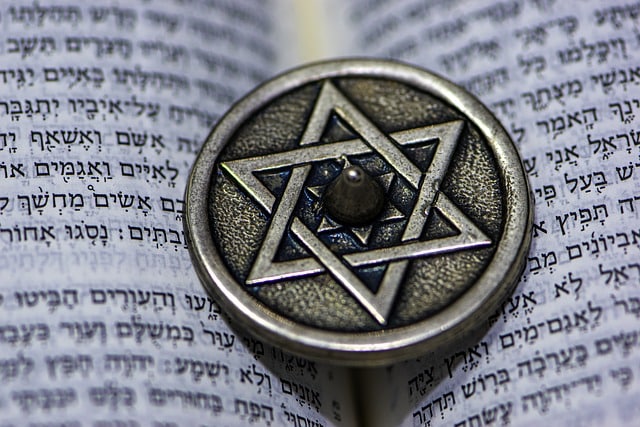
There are countless websites these days that will help you name your baby, and many of them have lists of the most popular baby names of the previous year. But perhaps the most popular name in history is Yohanan, even if you've never heard it. That's because of all the names that are derived from it, and the list is long.
Yohanan is a Hebrew name meaning " God is merciful ". At least, 33 names can be directly related to Yochanan, and many of them are very recognizable. John, Jack, Shane, Sean, Jane, Janet, Jean, Evan, Hank, Ivan, Juan, Giovanni, Hannah, Hans, and so on are all descended from Yochanan.
3. There were at least 8 mathematicians named Bernoulli.
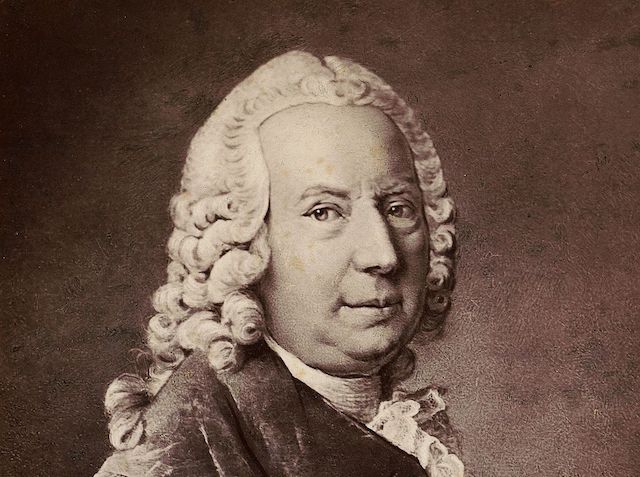
If you've ever heard of Bernoulli's principle, Bernoulli numbers, or any of the eight famous mathematicians named Bernoulli, then you're familiar with the Bernoulli family. All these Bernoullis from the same place.
Jacob, Johann and Daniel were perhaps the most famous members of the family. Jakob was responsible for the Bernoulli numbers, while his nephew Daniel (pictured above) gave us the Bernoulli Principle, and Daniel's father Johann made important contributions to the development of calculus .
Except Of these three there were two more Nicolaus Bernoullis, two more Johannes, and one more Jacob. The whole family was a dominant force in mathematics from the birth of Jacob in 1654 until the death of Johann III in 1807.
It's interesting that Curie family also connected to the Bernoulli family, as Pierre Curie was a descendant of Johann, and he and his wife won the Nobel Prize for their work in physics.
2. Philadelphia was the birthplace of many popular candy brands.

While Willy Wonka may not have existed in real life, for a time the closest you could get to his curious factory was in Philadelphia of all places. By the early 20th century, Philadelphia was the center of candy production, where it began many popular brands, including Whitman's, Peeps, Mike and Ike, Dubble Bubble, Good & Plenty, and Candy Corn. Hershey's was also launched nearby, as were several others.
So what made Philadelphia, now famous for its cheesesteaks and cream cheese, the candy capital of America? Sugar. Once upon a time Philadelphia was major port for sugar trading. Molasses continued to flow into the city, and refined sugar factories were opened. Local refined sugar provided new opportunities for candy makers, and it made sense for it to stay in place.
1. Football, basketball and hockey are associated with Canada's McGill University.
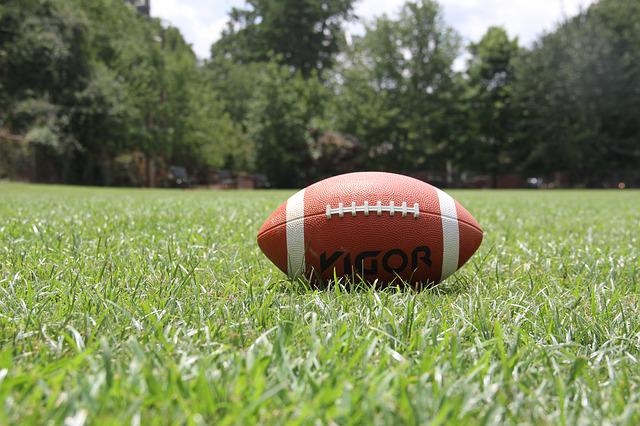
By and large, Canada isn't generally recognized on the world stage as a sports powerhouse outside of hockey. But despite this, Canada can lay claim to being the birthplace of not only hockey, but also two of America's greatest pastimes, football and basketball. But Canada isn't alone in laying claim to them. All three sports were either started or largely implemented at the same Canadian school: McGill University.
In 1874 was played at McGill first football match against Harvard. The Harvard team liked McGill's rules so much that they took them home and shared them with Yale before they spread across the country.
Although they did not invent hockey, McGill was home to the first official hockey team and, as such, helped develop the official rules and gameplay.
The most famous is basketball, invented by McGill alumnus James Naismith. And yes, he was in Massachusetts at the time, but McGill still claimed the man.



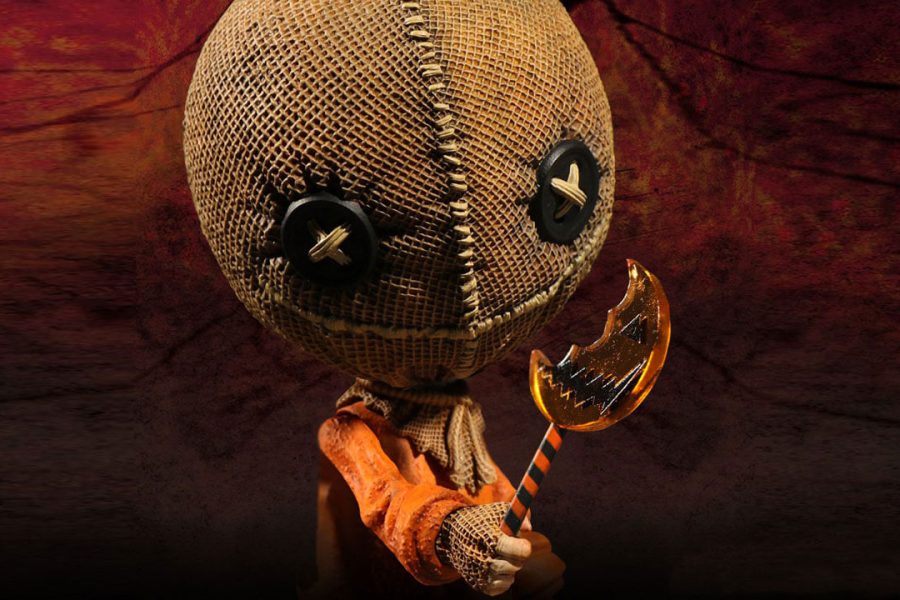





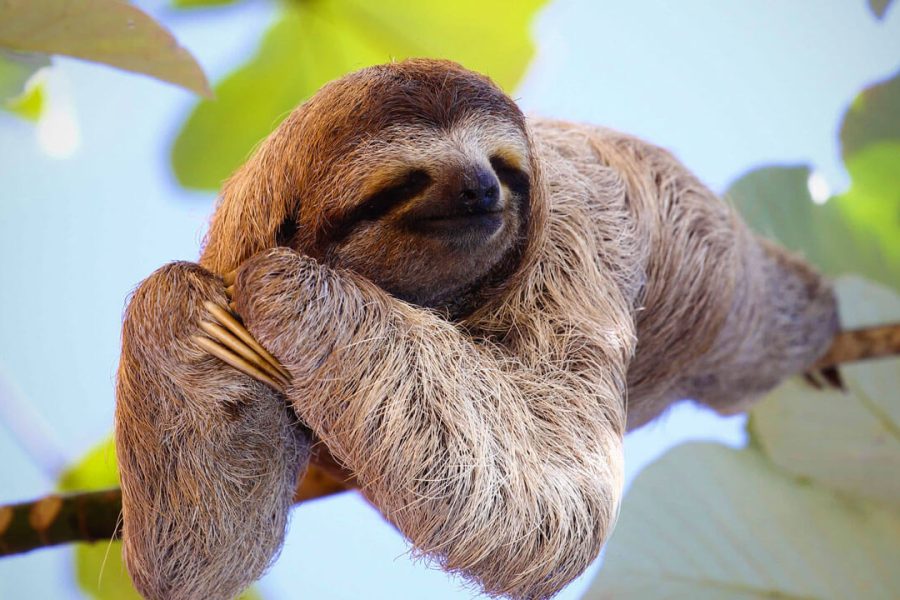

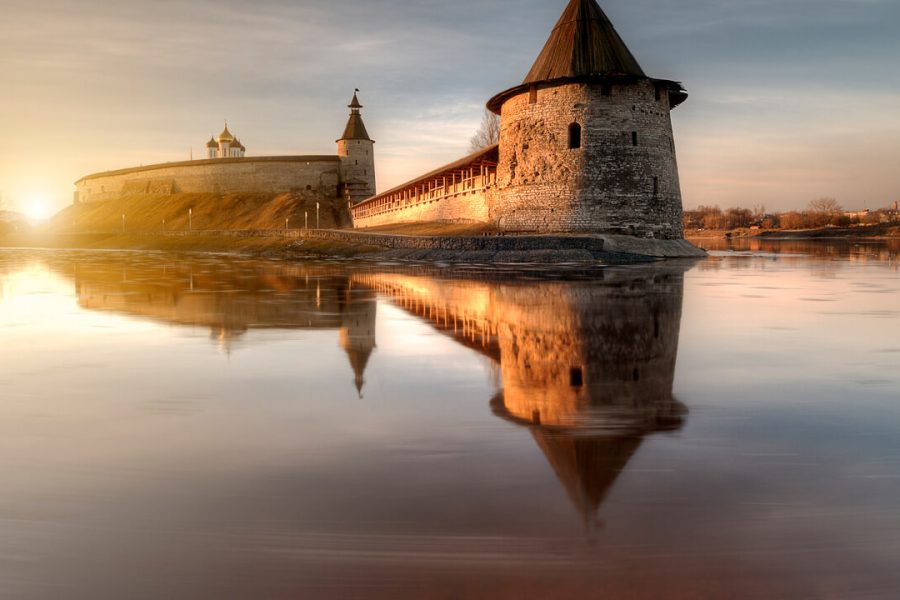

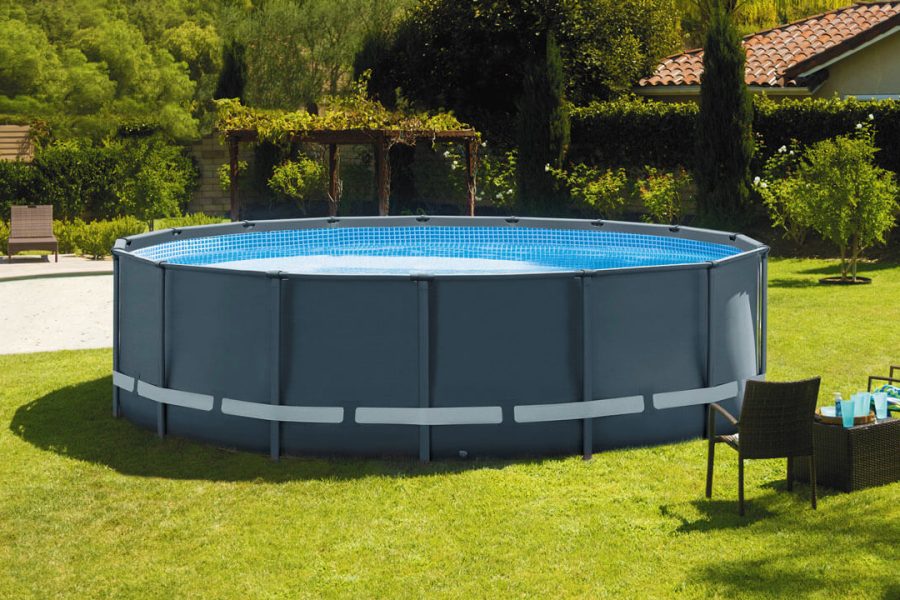
Оставить Комментарий